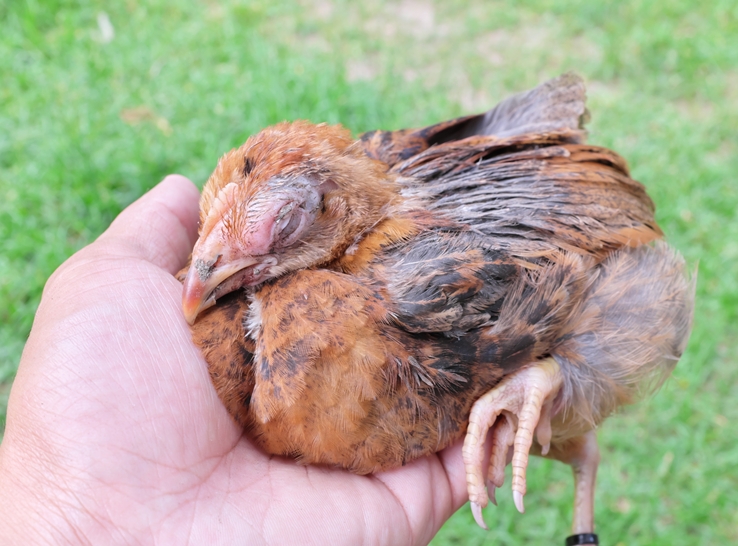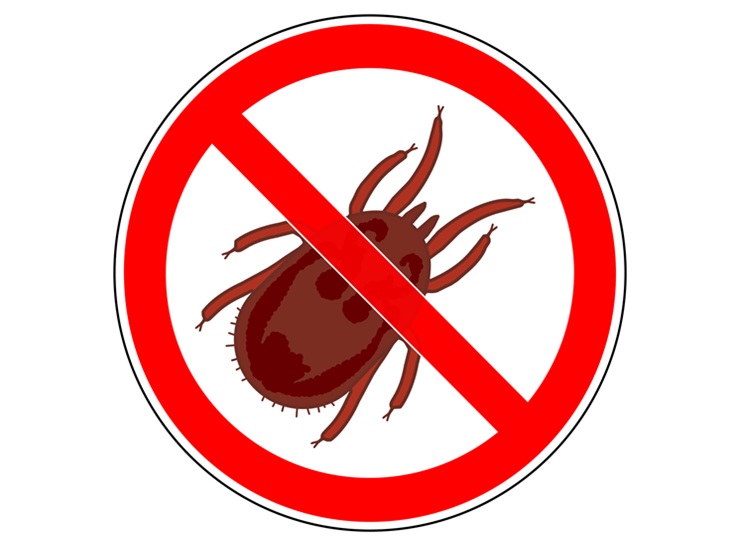Infectious coryza, a bacterial upper respiratory disease, is on the rise in the US. Avibacterium paragallinarum, which is a primary pathogen of chickens causing coryza, spread from southern states to Pennsylvania in 2018, followed by Ohio, Iowa and other northern states.
Coryza caught the attention of Mohamed El-Gazzar, DVM, PhD, associate professor of veterinary diagnostic and production animal medicine at Iowa State University.
El-Gazzar became involved as the disease infected midwestern poultry operations, which were unprepared for the subsequent outbreaks and crises. He noted there was a lack of epidemiological understanding, vaccine stocks and laboratories able to diagnose and type infectious coryza.
Fortunately, a strong industry response has led to improved diagnosis and treatment of the disease. El-Gazzar discussed how the industry learned to handle the unique coryza challenges during a presentation at PEAK 2025.
Coryza symptoms
The onset of coryza in a flock shows up quickly, with a severe drop in water and feed consumption and a drop in egg production. Physical signs are swollen sinuses and nasal or ocular discharge.
“The sinuses are inflamed, and the birds are in great pain,” El-Gazzar said. “They don’t feel like drinking or eating. The swelling can be mild or severe. And secretions travel down toward the lower respiratory system, so you may observe pneumonia or inflammation of the airsacs.”
Disease transmission is through nasal secretions, direct contact, airborne droplets or feed and drinking water within the same poultry house. Chronic carrier birds transmit the disease over long distances between sites and states. Within infected flocks, morbidity is high, but mortality is usually low.
“Other diseases can produce swelling, so you need to confirm the diagnosis through isolation and real-time quantitative PCR (qPCR),” El-Gazzar explained. “If positive, vaccination of all incoming layer pullets and biocontainment are required.”
Diagnostic complications
Early plans to control coryza were hampered by confusion with diagnostics.
“In the spring of 2021, after a coryza case in Ohio, there was an effort to investigate the outbreak and learn where the disease was and wasn’t,” El-Gazzar related.
Several Ohio layer complexes were screened for coryza, including some with no history of the disease. Surprisingly, multiple test results returned positive for coryza in flocks with healthy birds.
The Ohio producers braced for an outbreak, but it didn’t happen. El-Gazzar said they followed up with sentinel birds in the positive flocks but still no clinical signs.
He and other researchers expanded their study to eight states to see if this same issue occurred, and it did. But fortunately, they were able to find answers after using a newly developed qPCR assay that could differentiate non-pathogenic A. paragallinarum strains from conventional strains.
Based on their research, about 30% of naïve-healthy layer flocks in the US are positive for a non-pathogenic A. paragallinarum strain.
“Currently, a combination of isolation and whole-genome sequencing is the only diagnostic approach capable of completely differentiating between these two A. paragallinarum populations,” El-Gazzar reported in an AAAP report. “This indicates the immediate need for improvements in the current diagnostic assays.”
In summary, El-Gazzar explained that the recent spread of coryza into northern states has rejuvenated interest in this bacterial disease. Although much has been learned, he still sees major gaps in knowledge, which will require the attention of the scientific community to improve prevention and control.




